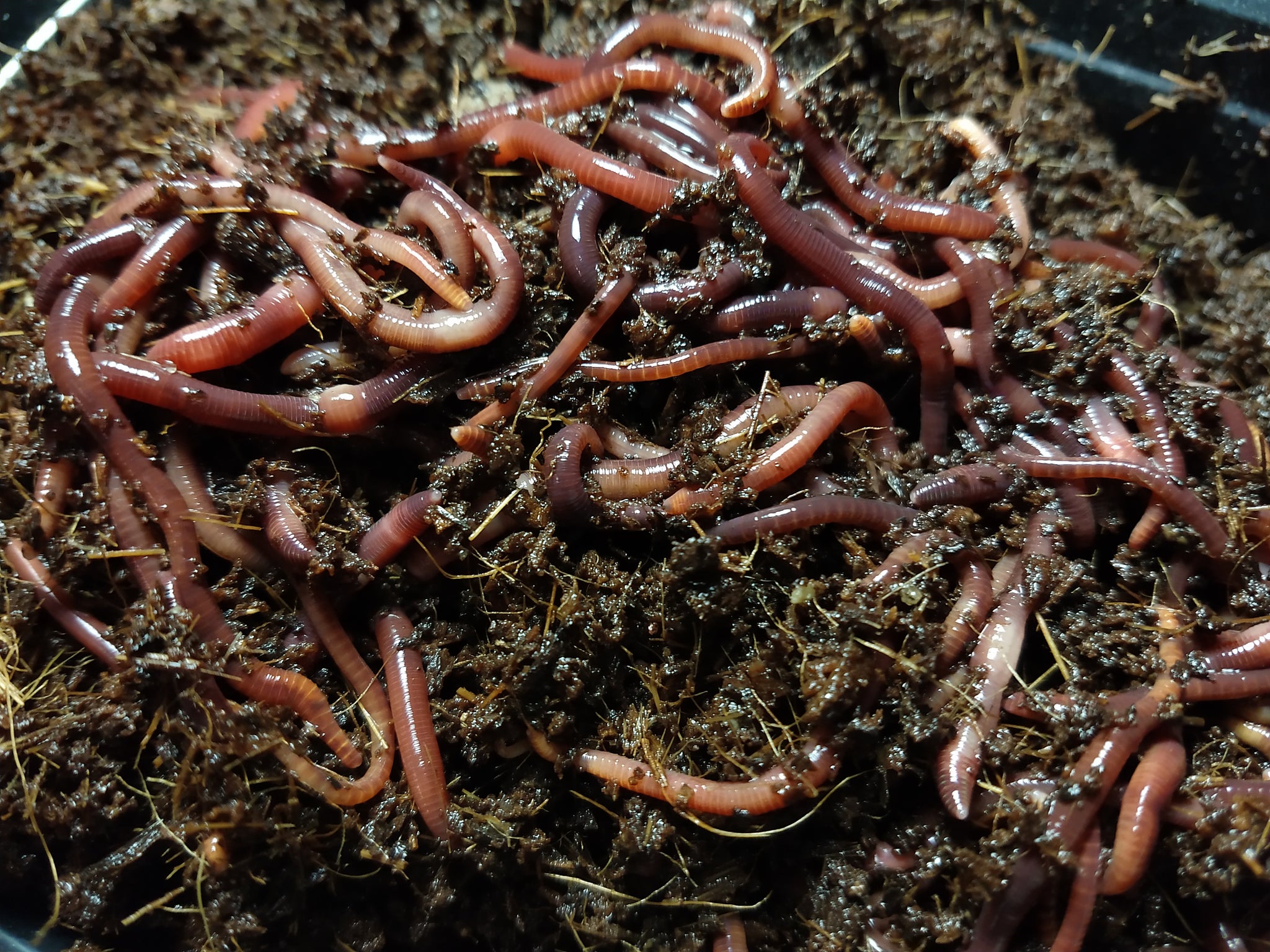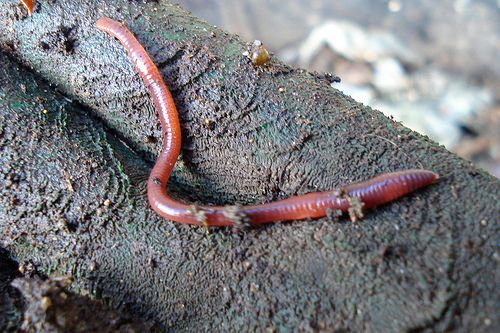Experience the Perks of Using Red Wiggler Express for Superior Lawn Care
Experience the Perks of Using Red Wiggler Express for Superior Lawn Care
Blog Article
Red Wigglers: The Unsung Heroes of Organic Waste Recycling
Red wigglers, or Eisenia fetida, function as essential agents in the organic waste reusing procedure, transforming thrown out products into valuable vermicompost. Their effective malfunction of raw material not only improves soil quality however also contributes to lasting waste administration methods. As the world significantly seeks options to deal with waste buildup and boost farming performance, recognizing the duty of these worms ends up being essential. What systems permit them to grow in compost environments, and just how can they be effectively made use of in both residential and industrial setups? Exploring these concerns exposes the more comprehensive effects of vermicomposting in our ecological landscape.
What Are Red Wigglers?
The remarkable resilience of red wigglers, clinically called Eisenia fetida, emphasizes their vital role in natural waste recycling. These tiny, reddish-brown earthworms are commonly discovered in breaking down natural issue, such as compost heap and manure stacks. Lake Hickory Bait. Unlike various other earthworm varieties, red wigglers grow in nutrient-rich environments and are extremely efficient at damaging down natural products, making them necessary for vermicomposting

(Red Wiggler Express)In addition to their function in waste reduction, red wigglers add to soil health by improving soil structure and oygenation through their tunneling activities (Lake Hickory Bait). Their visibility in composting systems not just improves disintegration rates yet additionally advertises a sustainable technique to squander administration, highlighting their significance in ecological conservation initiatives
Benefits of Composting With Worms
Composting with worms, particularly red wigglers, supplies various benefits that enhance both waste administration and dirt health. Initially, these worms effectively break down organic waste, transforming it into nutrient-rich vermicompost that improves soil. This procedure speeds up decay, enabling a much faster recycling of kitchen scraps and various other natural products compared to typical composting approaches.
Furthermore, the vermicompost produced by red wigglers is including helpful bacteria, which assist boost dirt structure, oygenation, and moisture retention. This improves the overall health and wellness of plants, promoting strenuous growth and enhanced returns in yards and agricultural settings. Moreover, using worms in composting lessens the manufacturing of greenhouse gases, such as methane, adding to an extra lasting waste management system.

How to Beginning Vermicomposting
Developing a vermicomposting system is a straightforward process that can generate significant advantages for both waste administration and soil enrichment. To begin, choose an ideal container, such as a plastic container or wood box, with sufficient ventilation holes to make certain appropriate air flow. The measurements ought to preferably be around 2 feet by 3 feet, allowing ample room for the worms to thrive.
Following, prepare bed linen product, which can include shredded paper, cardboard, or coconut coir. This bed linens must be dampened to produce a suitable environment for the worms. When the bedding is in area, introduce red wigglers (Eisenia fetida) right into the container, usually around one extra pound of worms for each square foot of area.
Complying with the positioning of worms, include organic waste, such as fruit and veggie scraps, coffee grounds, and smashed eggshells. With these steps, you will efficiently launch a vermicomposting system that contributes to lasting waste monitoring and enhances your soil.
Keeping a Healthy Worm Bin
(Lake Hickory Bait)Maintaining a worm bin thriving calls for normal attention and like ensure the wellness of the red wigglers and the performance of the composting process. Correct upkeep starts with keeping track of the moisture degrees; the container should perspire but not saturated. A great general rule is to maintain an uniformity similar to a wrung-out sponge.
Carefully blending the bedding and food scraps every few weeks prevents compaction and guarantees that all worms have accessibility to oxygen. Additionally, it is vital to feed the worms properly.
If the container ends up being too warm or cool, the worms might end up being stressed. By faithfully handling these aspects, one can maintain a durable and efficient worm container.
Impact on Sustainable Living
The effective maintenance of a worm container not only benefits the wellness of red wigglers however also adds considerably to sustainable living methods. By recycling organic waste, such as kitchen area scraps and backyard debris, red wigglers help divert significant quantities of material from land fills. This reduction in waste not only decreases greenhouse gas exhausts but likewise reduces the environmental problem connected with waste management.
In addition, the spreadings created by red wigglers function as a nutrient-rich organic fertilizer, improving dirt health and promoting plant development. This natural option to chemical fertilizers supports sustainable see post agriculture and gardening practices, lowering dependence on synthetic inputs that can harm environments. Furthermore, worm composting fosters understanding of waste administration, motivating individuals and neighborhoods to take on even more lasting routines.

Conclusion
In recap, red wigglers work as important contributors to natural waste recycling with their effective disintegration of natural materials. Their capability to produce nutrient-rich vermicompost boosts dirt health and supports lasting farming practices. By integrating vermicomposting into waste management approaches, people and neighborhoods can substantially lower waste while advertising environmental sustainability. The duty of Eisenia fetida in fostering healthy ecosystems underscores the value of these organisms in achieving lasting living and improving soil fertility.
Report this page